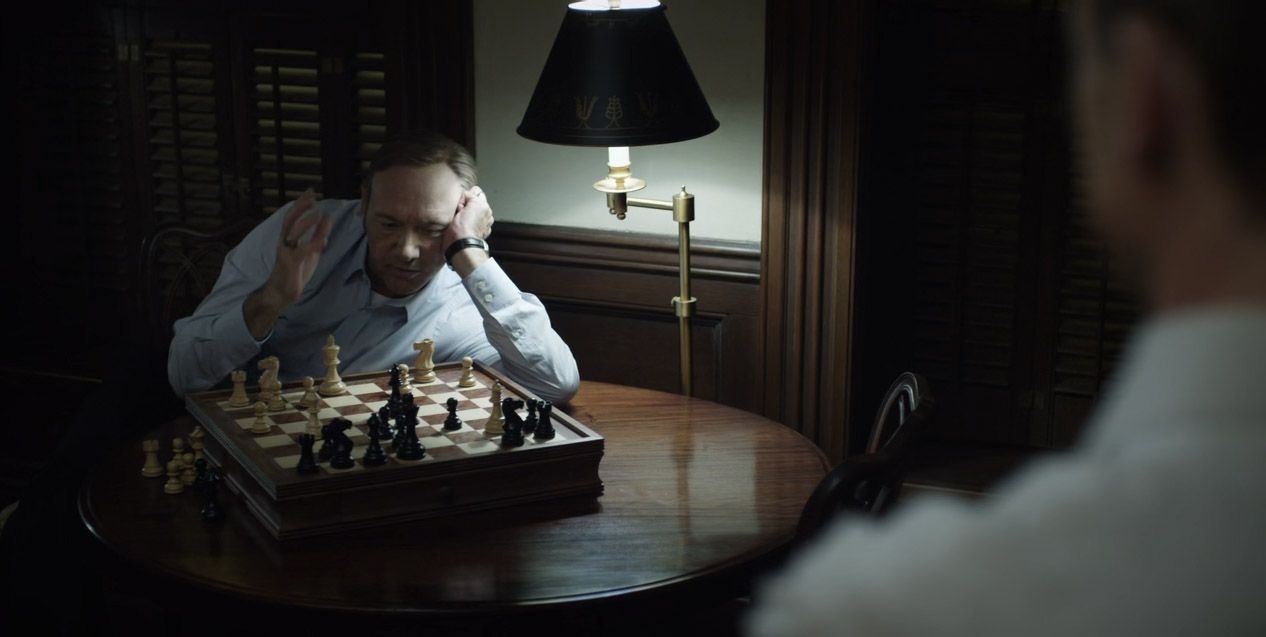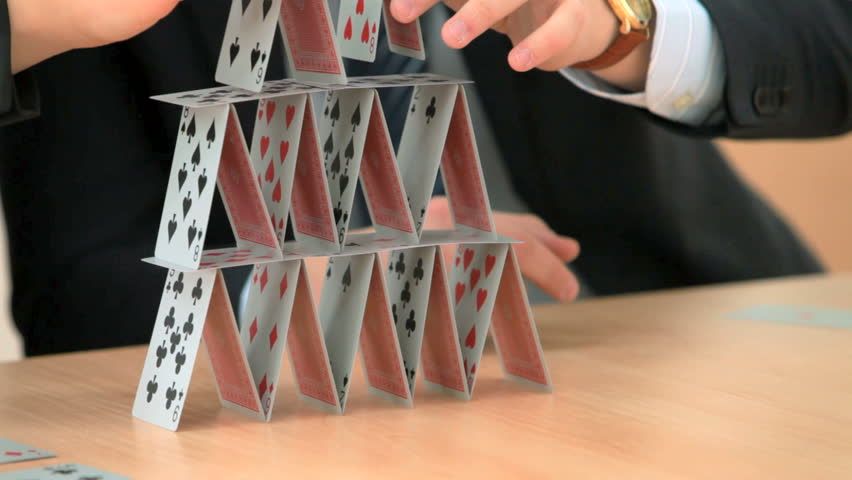Chess Study: House of Blunders

I am going to go over what I consider to be the most crucial factor which differentiates chess from other sports / games and how this can help us prioritise and focus our study — blunders.
Building a house of cards
Chess is a game in which the superior player can play 45 amazing moves in a row against someone who moves randomly and STILL loose from a single oversight near the end. Unlike any other sport where a big winning advantage against an inferior player is impossible to throw, in chess the whole effort can be undermined by a single mental slip, analogous to the construction of one of these:

Although most players recognise this fact, few of them completely internalise and integrate it with their approach to chess. So let’s examine the consequences of this:
Most non-master games are decided by blunders
Under this umbrella we can put games rated under 2000 or so, in which at least half are decided through simple tactical oversights. Therefore, to attain the most rapid improvement at these levels, one must develop a method of thinking which is focused on eliminating blunders. This means thinking about your opponent’s moves more than your own.To win against weak players, one must be able to punish blunders
It’s not enough to eliminate blunders from one’s own play, it is also essential to notice and be able to punish the opponent’s blunders as well.Subtle positional play can only be relevant in the absence of blunders
Strategic considerations which may or may not improve one’s position by a few centipawns will be comparatively irrelevant in games which contain swings of +/-5. This means that most time spent on studying subtle positional play is ineffective for non-master players.In non-master games there are no positions which are truly lost
Many players get frustrated after making a mistake and either start playing on autopilot or simply resign. For lower-rated games especially, this can lead to a huge number of missed opportunities. Even a lone king defending against an army will often be able to squeeze out a stalemate due to an opponent’s oversight.
Escape the analysis paralysis trap
Especially in players coming from other less-unforgiving strategy games there can be a trap one falls into of over-thinking the trade-offs between a few decent candidate moves. This can sometimes be a reason new players fall into time pressure. The essential lesson to learn here is that 30 decent moves will almost always beat 29 excellent moves and 1 blunder. The majority of calculation time should be spent on trying to refute the move you are about to play. Do your best to find any possible way you could be punished and if you can’t, simply play the move.
Hopefully this has explained my thoughts behind putting such a focus on the tactical training / practice elements of chess study in my plan.
Thank you for reading and I hope you got something out of it!